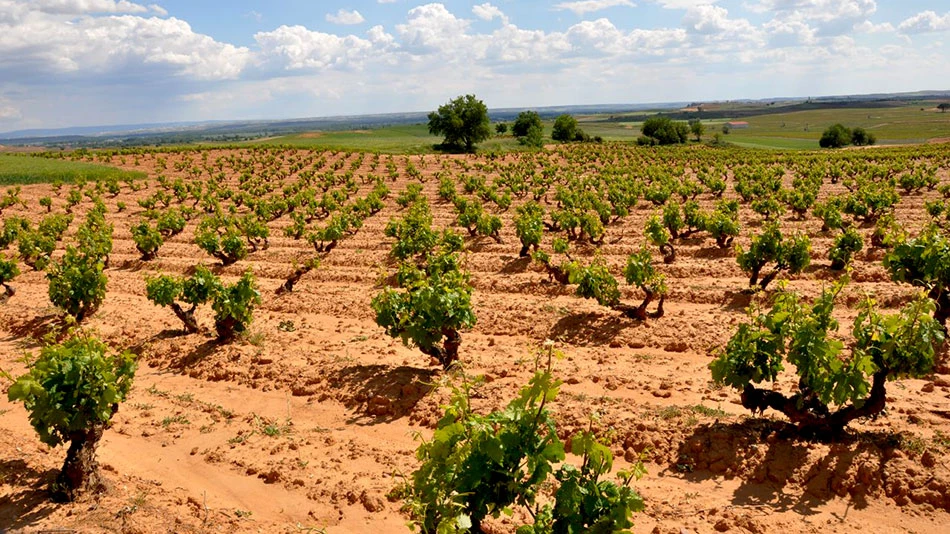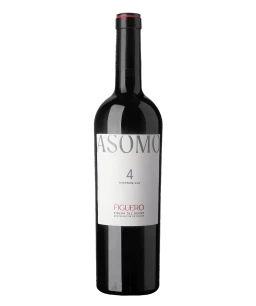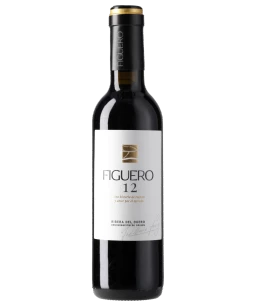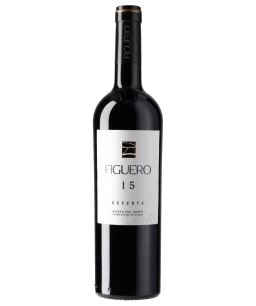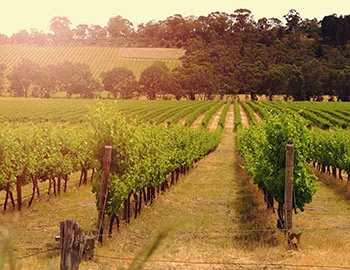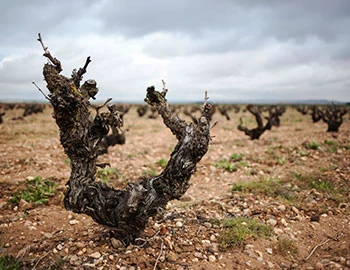Ribera del Duero
Ribera del Duero: Spanish temperament in a glass
The Tempranillo grape yields a particularly powerful wine with ripe berry fruit and alluring spice in the Ribera del Duero region, where it is called Tinta del País. It is no wonder that the region is seen internationally as a flagship for Spanish red wines. The designation of origin was first introduced in 1982. At the time, only few wineries existed; today, there are over 270. Many premium wines come from exceptionally old vines, sometimes over 80 years old.
Red wines from Ribera del Duero
Thirty years ago, the Douro Valley was a sleepy, underdeveloped region. Although records show that viticulture has been practiced here since the 11th century, its wines had limited renown. With one dazzling exception: the Vega Sicilia estate, founded in 1864, with top crus produced according to the French Château principle. It was ultimately the self-made vintner, Alejandro Fernández, who provided proof, with his Tinto Pesquera project, that any vintner in the Ribera del Duero can produce good wines if they are quality-oriented.
High lime content
The barren soils with high lime content on the valley flanks, and a slightly higher percentage of sand and clay in the valley floor, are equally decisive factors in quality as the extreme climate. Situated 800 metres above sea level, the thermometer regularly above 35 degrees Celsius in daytime in high summer, and subsequently falls at night to well under 10 degrees Celsius. In addition, the vineyards are exposed to strong gusts of wind. Precipitation is rather low, at around 450 mm per year per square metre. The Tempranillo variety has adjusted well to these harsh conditions. Compared with Rioja, its berries are smaller here and have a thicker skin. The results are very powerful wines with ripe berry flavours and distinct tannins.
Top wines from old vines
Although vineyard area has quadrupled in the last 30 years to over 21,000 hectares, there are still 2,000 to 3,000 hectares planted with very old vines, often over 80 years old. Selections from these old parcels yield wines with generally limited availability, and these are often very expensive flagship wines from the various bodegas.
Subzones with their own characters
The last few years have shown that three subzones can now be identified in Ribera del Duero, which all produce wines with a distinctive character. The warmest zone at Peñafiel in the west produces full-bodied, spicy wines. In contrast, in the heart of the wine-growing region, in Roa and Aranda del Duero, crops with more structure and minerality result. And crus from the cool east, at Soria, have an almost Burgundian finesse.
